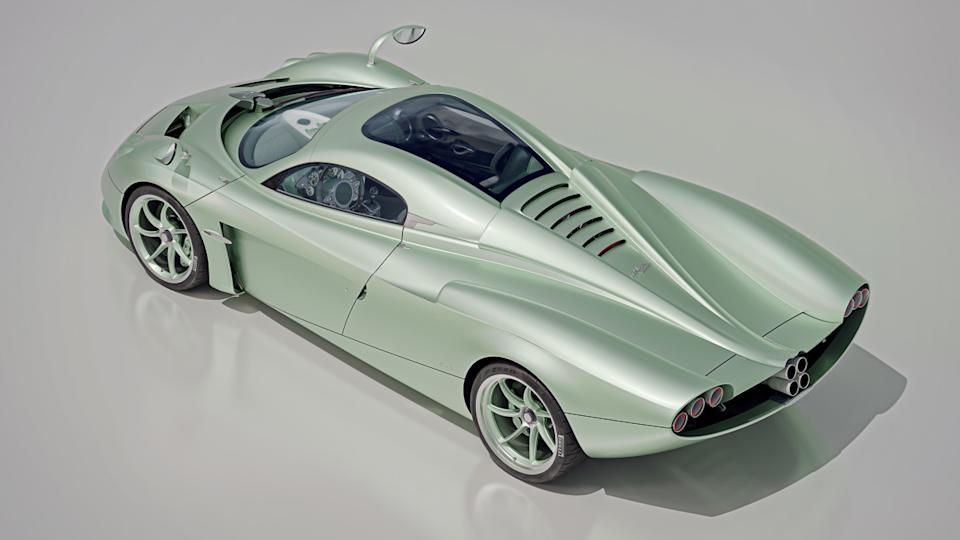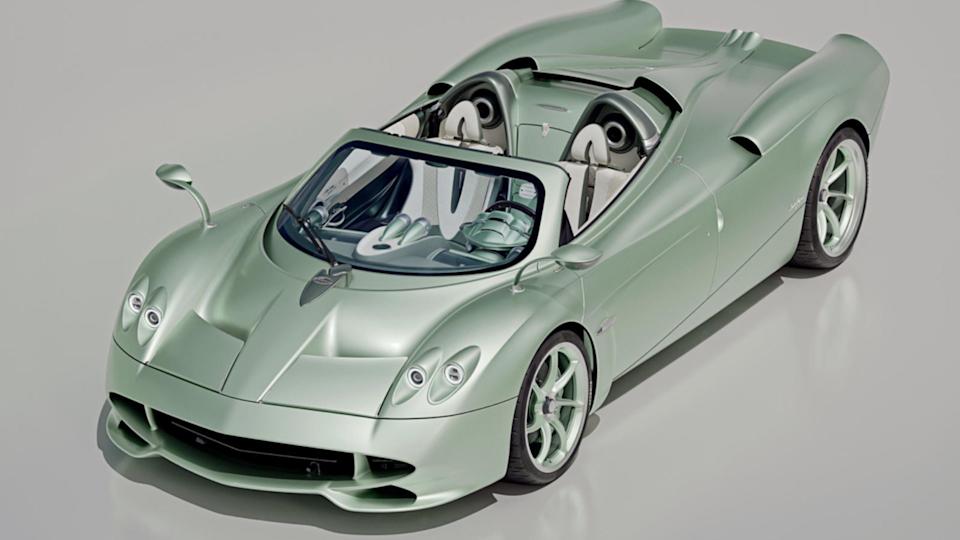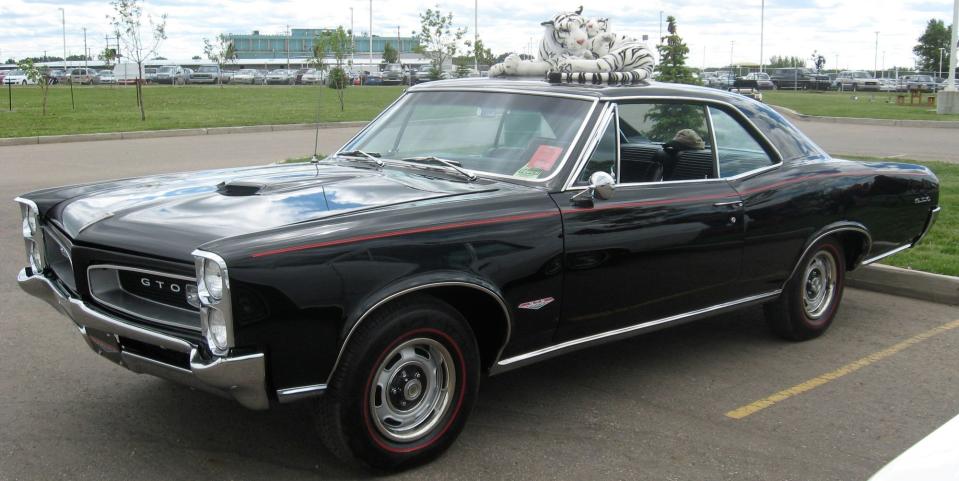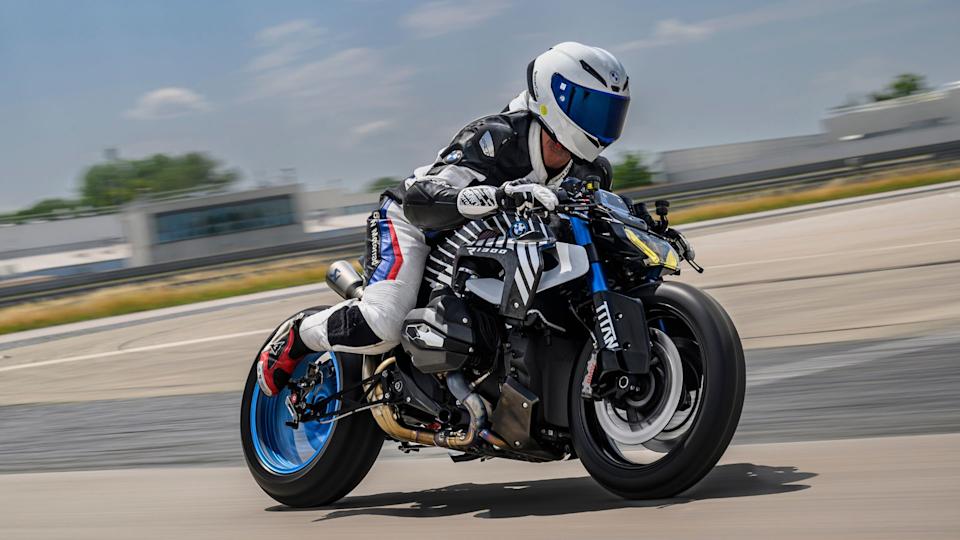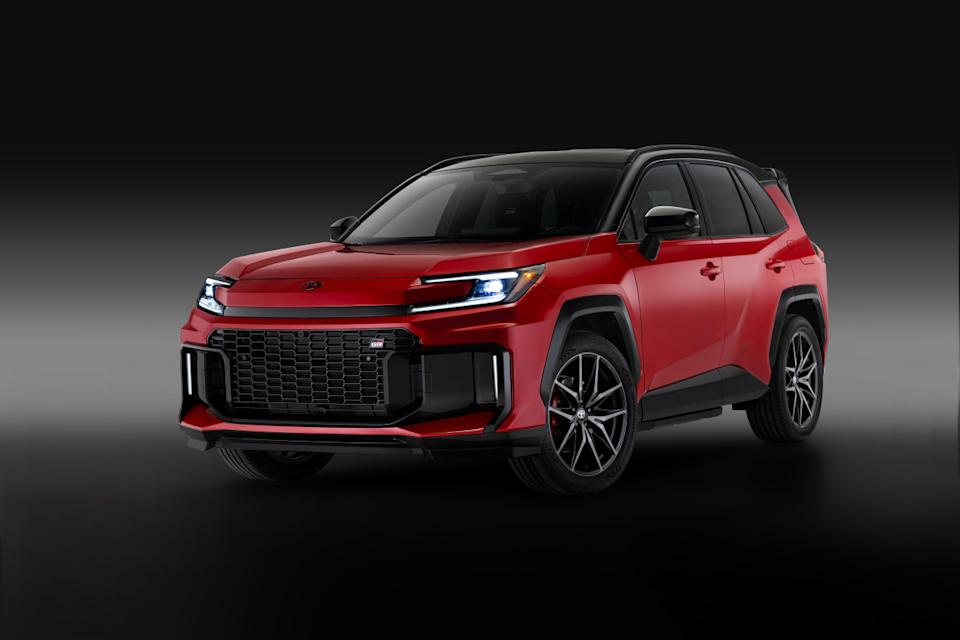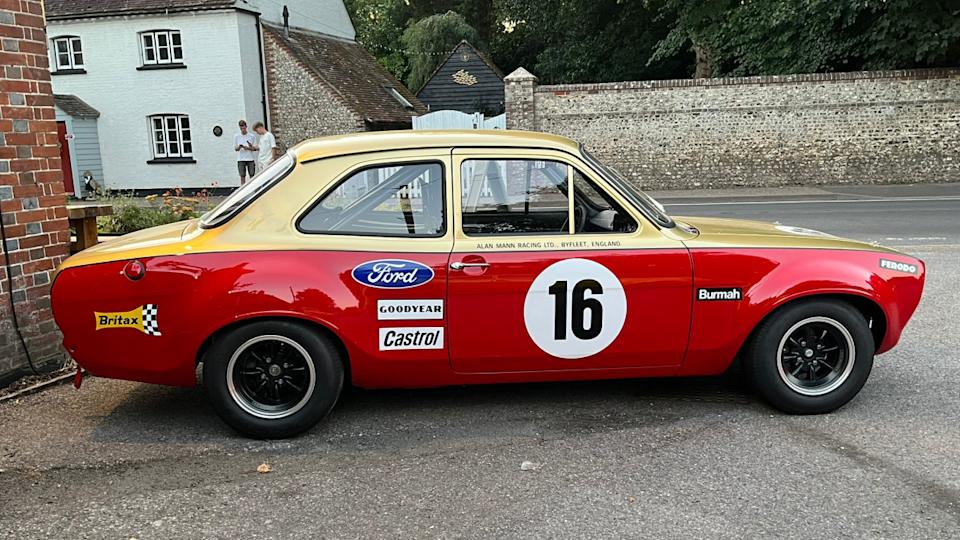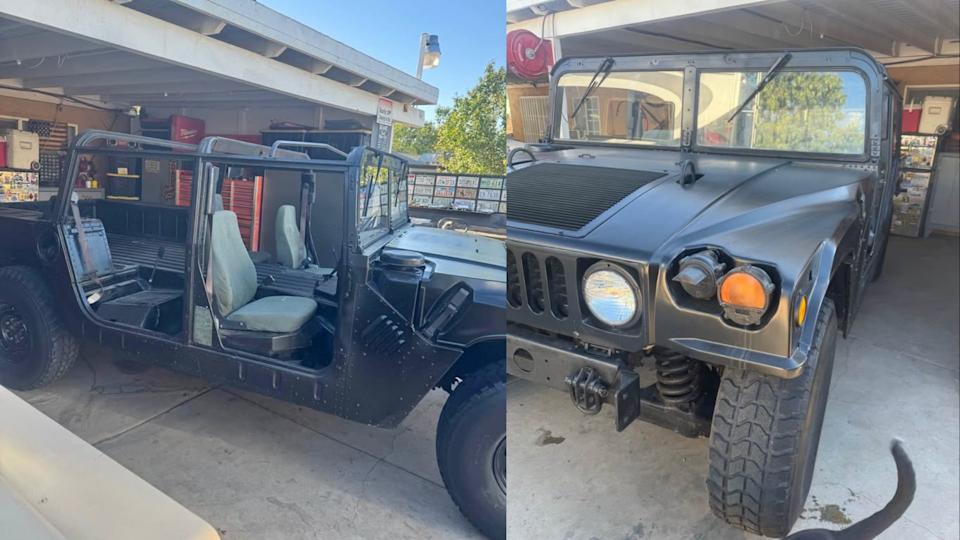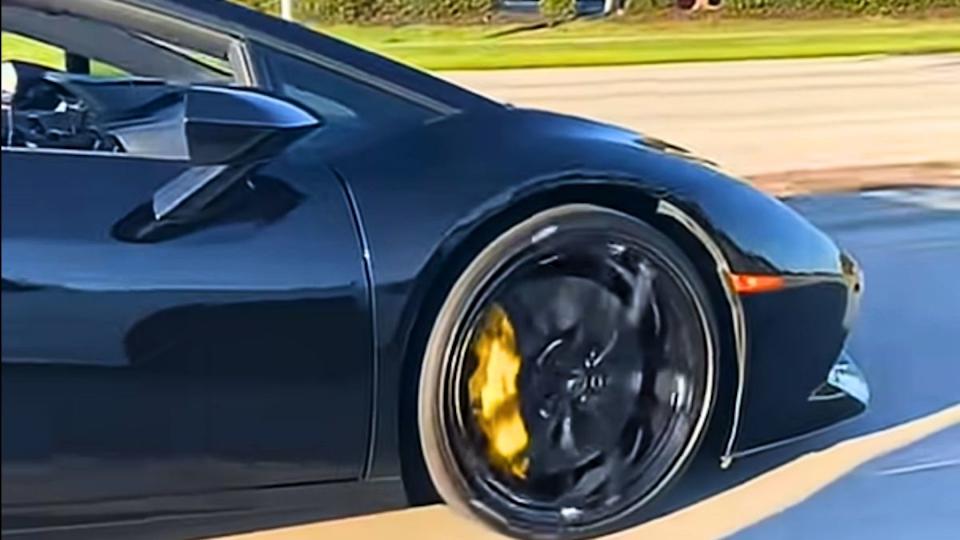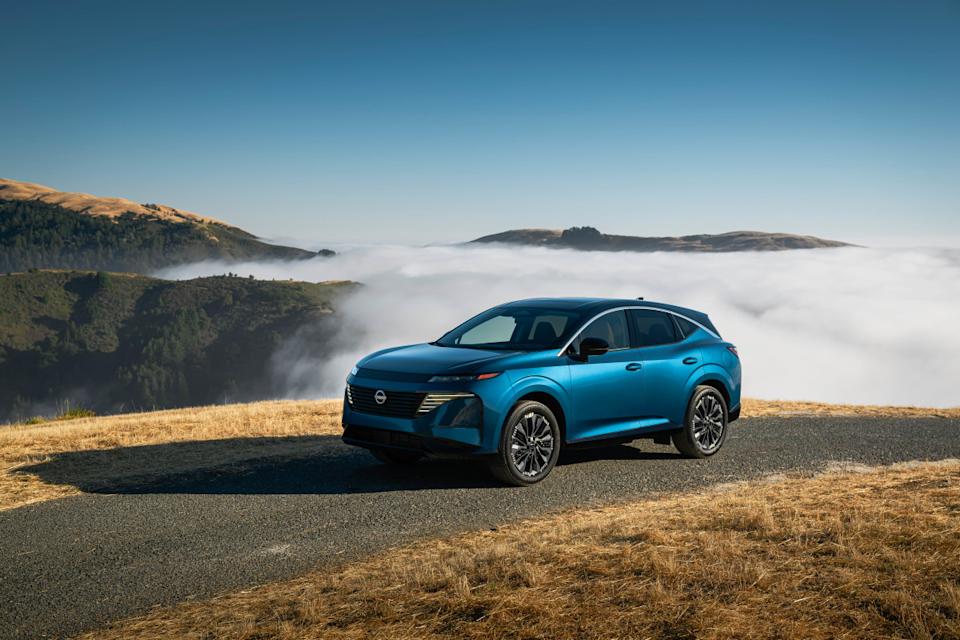
5 Redesigned 2025 Cars Nobody Wants originally appeared on Autoblog.
A new look isn't always the best
Every year in the automotive industry, models are refreshed or redesigned due to aging styling, shifting consumer demand, fierce competition from other brands, technological advancements, and even regulatory pressures that necessitate change. Any or all of the aforementioned reasons can fuel changes, but the results aren’t always positive. Sometimes designs look worse (the 7th-gen Hyundai Sonata comes to mind), and sometimes radical changes push customers away (the next Jaguar?). Despite refreshes, redesigns, and tech upgrades, several 2025 models are piling up on dealer lots. The good news is that this can result in great deals for would-be buyers who might be able to leverage poor sales figures for a good deal. These five newly redesigned or refreshed vehicles may have received positive reviews from critics, but they are languishing in the sales race.
2025 Nissan Murano
 2025 Nissan MuranoNissan
2025 Nissan MuranoNissanThe totally redesigned 2025 Nissan Murano ($40,070 base MSRP) looks nothing like its predecessors, despite the sleek overall shape. It had to play catch-up with the likes of the Hyundai Santa Fe and the Mazda CX-70. It arrived with fresh looks, premium materials, and an updated tech suite, but its late redesign rollout means it’s got a lot of ground to gain in a competitive midsize SUV field. The Murano hasn’t quite resonated with would-be buyers as a result. Murano sales figures aren’t what Nissan had hoped, with dealer reports showing a 153-day inventory sitting on dealer lots and Nissan slowing production by 21% in response. It’s still early in the game for the Murano, and things could change for the model if Nissan continues to push dealer incentives.
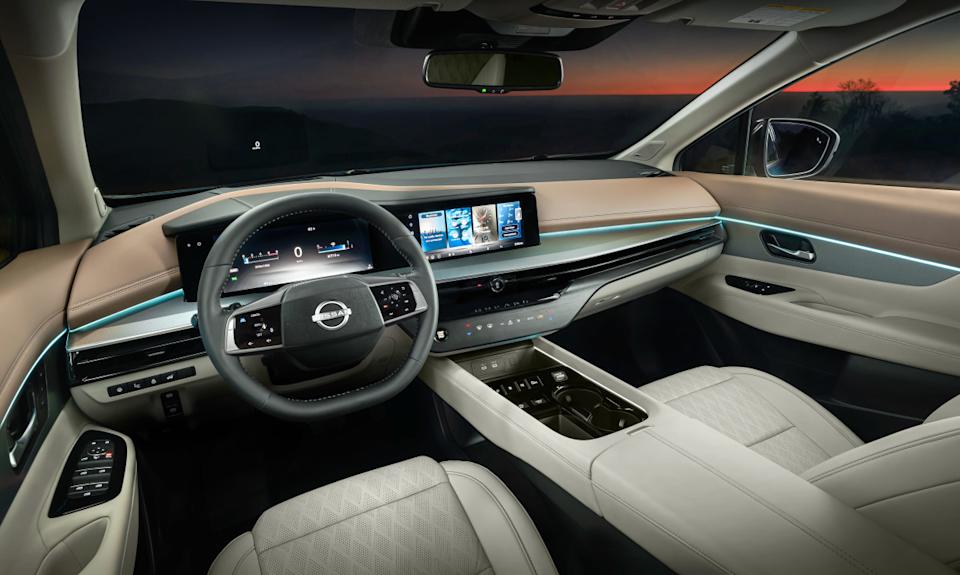 2025 Nissan MuranoNissan
2025 Nissan MuranoNissanEvery Murano is powered by a 2.0-liter turbocharged inline four-cylinder engine good for 241 horsepower and 260 lb-ft of torque. Standard features include LED headlights, 20” gloss black aluminum-alloy wheels, heated front seats, a 12.3-inch touchscreen infotainment system, a 12.3-inch reconfigurable LCD instrument cluster, Apple CarPlay/Android Auto, wireless device charging, dual-zone climate, Safety Shield 360, power liftgate, and a tire-specific tire pressure monitoring system. Learn more here.
2025 Kia EV6
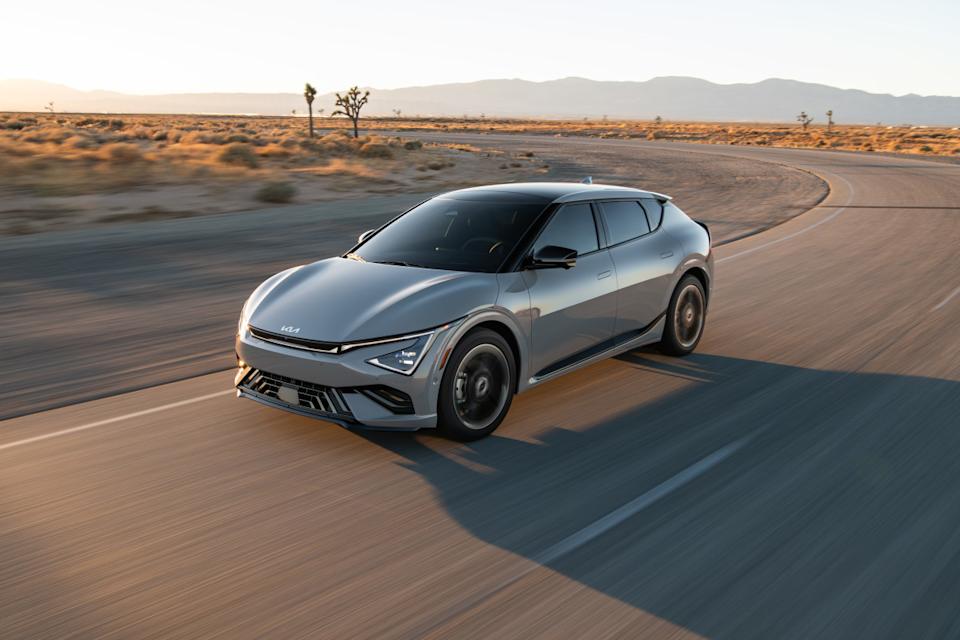 2025 Kia EV6Kia
2025 Kia EV6KiaThe Kia EV6 is an impressive, fully electric car, no matter what trim you choose. For 2025, theEV6 ($42,900) received a refresh that added sharper styling, a larger 84.0-kWh battery that replaces the old 77.4-kWh unit in higher trims, and in-car tech enhancements, yet sales have struggled. Slowed sales can be attributed to market saturation, especially from newer models like the Chevrolet Equinox EV and the Honda Prologue. EV adoption has also slowed, so an older model like the EV6 may have an uphill battle against the newer players. Its range is between 231 and 319 miles, depending on trim level, and it comes in either rear-wheel drive or all-wheel drive configuration. Despite the EV6 refresh, it's among the slowest-selling new cars with a 217-day surplus inventory.
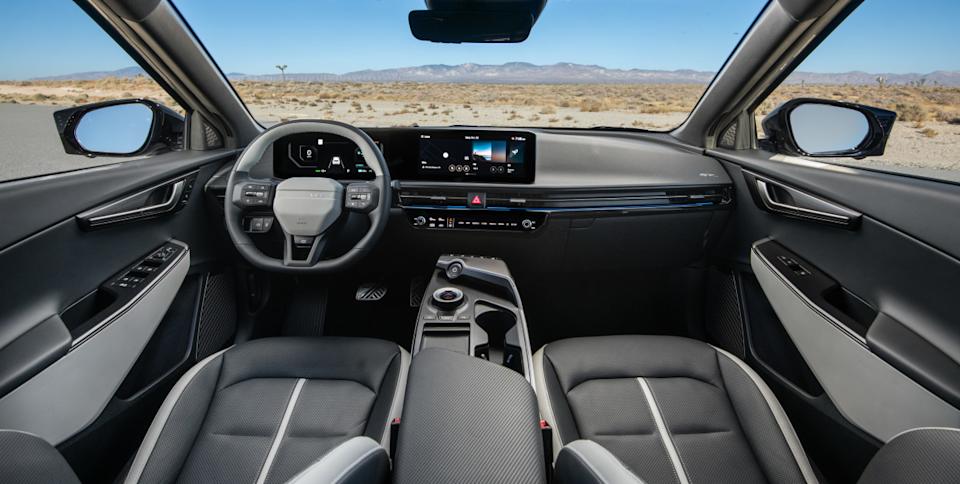 2025 Kia EV6Kia
2025 Kia EV6Kia The EV6 comes standard with 19-inch alloy wheels, LED headlights and taillights, heated front seats, a new 24.6-inch panoramic display for instrumentation and infotainment, wireless Apple CarPlay/Android Auto, wireless smartphone charging, dual-zone automatic climate control, heated fronts seats, navigation-based adaptive cruise control with stop & go and curve, front and rear parking sensors, automatic emergency braking, and highway driving assist, to name a handful. Learn more here.
2025 Porsche Taycan
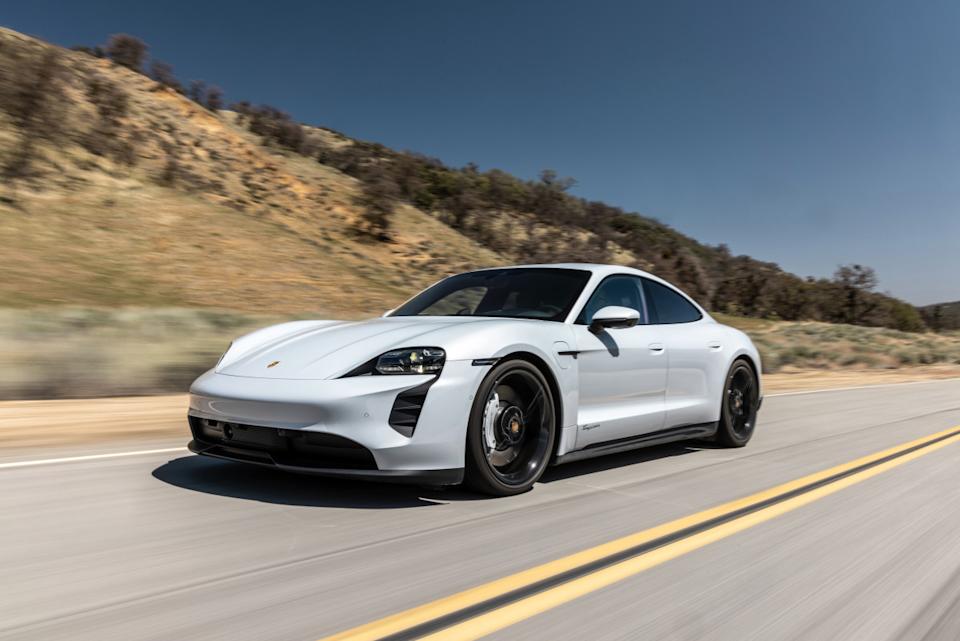 2025 Porsche TaycanPorsche
2025 Porsche TaycanPorscheNot long ago, the Porsche Taycan was the darling of the sport-luxury EV set with hot sales and nearly no end to its success in sight. That was two years ago, and now the Taycan is hurting badly. The 2025 Porsche Taycan ($103,900 base MSRP) gets a mild exterior refresh with subtle changes to the front bumper, headlights, fenders, and taillights. Porsche has also improved the car’s DC fast-charging capabilities. Despite this, as well as rave reviews from critics, interest in the Taycan has waned quickly. Tepid sales can be attributed to factors like its high price (the Taycan Turbo GT costs $240,000), rapid depreciation, and a cooling EV market, not to mention more premium EV players in the game. The Taycan’s painful 229-day inventory makes it one of the slowest-selling cars this month.
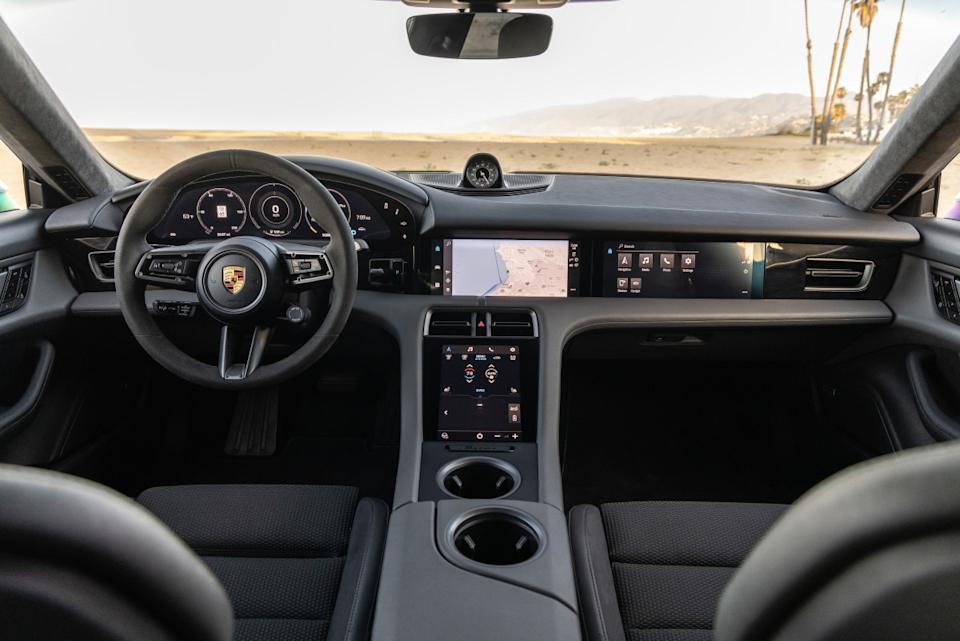 2025 Porsche TaycanPorsche
2025 Porsche TaycanPorscheThe Taycan comes standard with a 274 miles of range from a 83.6-kWh battery pack, 19-inch aerodynamic wheels, Matrix LED headlights, power-folding exterior mirrors, 8-way power adjustable front seats with heat, heated steering wheel, a 16.8-inch curved instrument display, a 10.9-inch infotainment touchscreen, wireless device charging, ambient lighting, dual-zone automatic climate control, parking assist, traffic sign recognition, lane change assist, and driver awareness detection. Learn more here.
2025 Dodge Charger Daytona
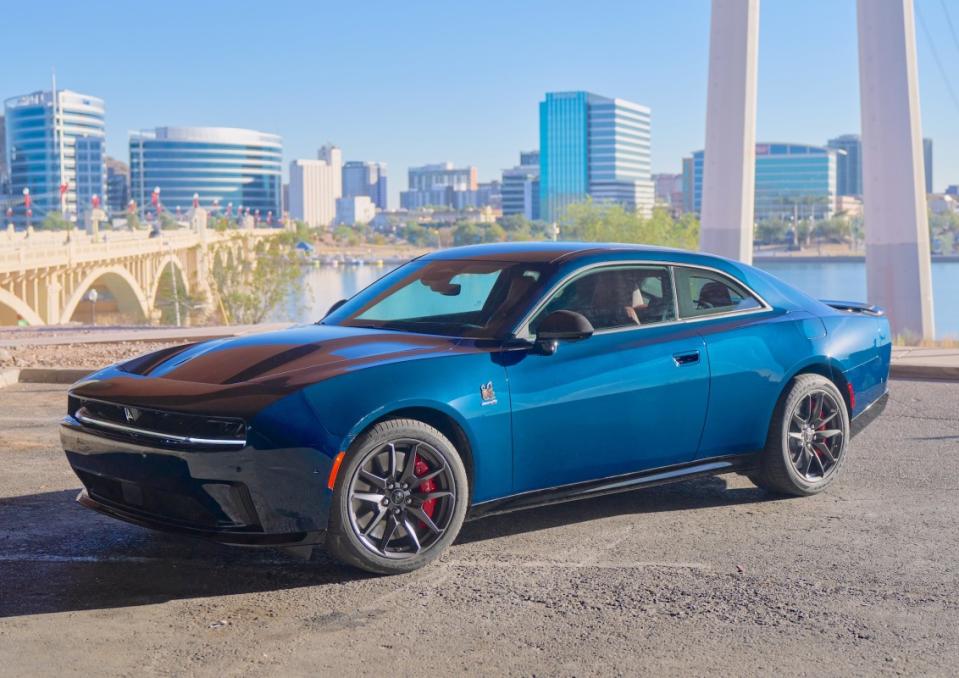 2025 Dodge Charger Daytona Scat PackStellantis
2025 Dodge Charger Daytona Scat PackStellantisDodge’s muscle car of the future isn’t what it was cracked up to be. The all-electric Charger Daytona is powerful (496-670 horsepower) thanks to its dual motors and powerful battery packs. Even its retro-futuristic styling, however, couldn’t draw in enough buyers. Whether it’s the base R/T ($59,595 base MSRP) or the Scat Pack ($73,985), the Charger Daytona seems to have alienated customers who want the sound, fury, and feel of a gas-powered street rod. Sales never took off since the car’s debut last year, and there’s now a 241-day supply sitting on dealer lots. The result has been a planned return of the HEMI V8 engine and a new line of gas-powered muscle cars. Loyalists have voted with their feet, walking away from dealerships and incentives in hopes that Dodge will listen. The brand has even canceled production of the base R/T trim for next year. We hardly knew ya.
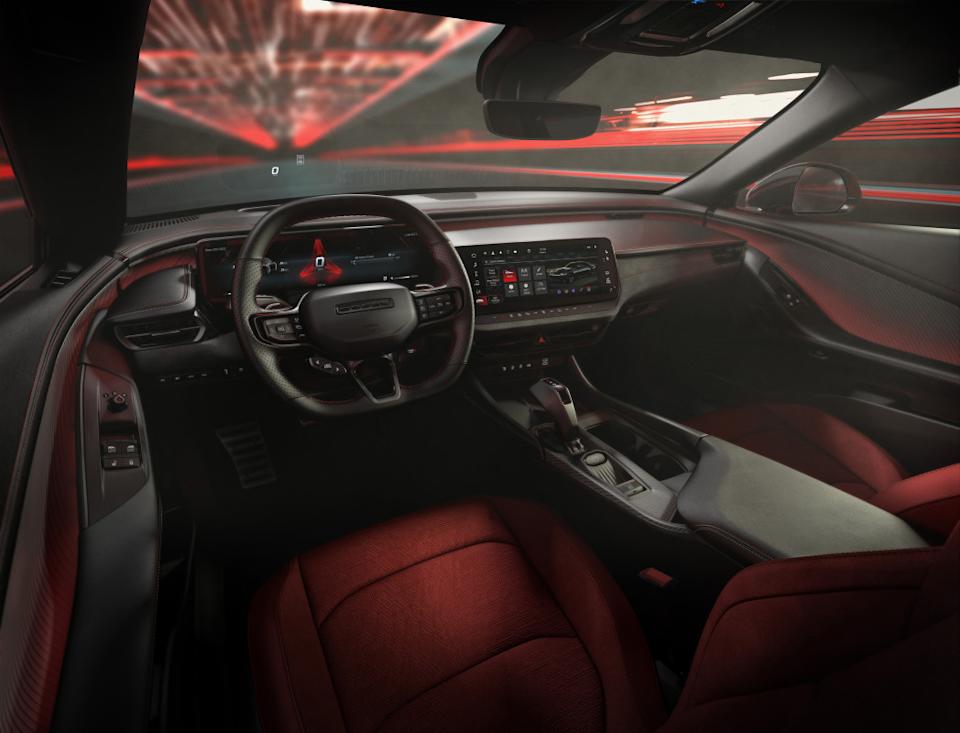 2024 Dodge Charger Daytona EVDodge
2024 Dodge Charger Daytona EVDodge The Charger Daytona R/T comes standard with 308 miles of range from a 100.5 kWh battery, all-wheel drive, LED headlights and DRLs, LED taillights, heated exterior mirrors, a 12.3-inch infotainment screen, voice-activated navigation, wireless CarPlay/Android Auto, Alpine 9-speaker audio system, ambient lighting, heated steering wheel, performance seats, simulated “Fratzonic” exhaust, and a tire pressure monitor. Learn more here.
2025.5 Volvo XC90
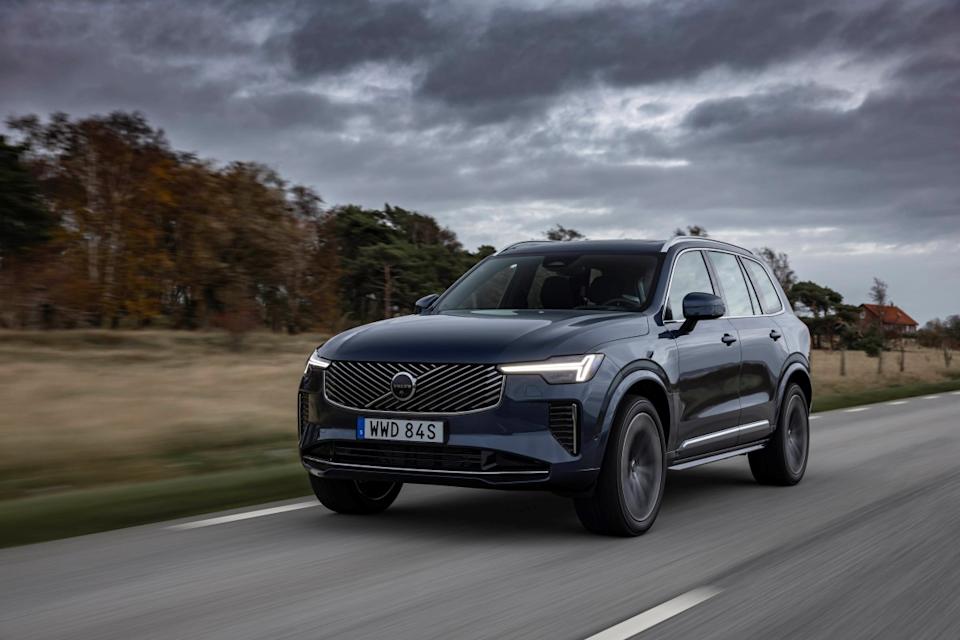 2025.5 Volvo XC90Volvo
2025.5 Volvo XC90VolvoThe redesigned 2025.5 XC90 follows on the heels of one of the most beautiful premium SUVs on earth. The three-row mild-hybrid or PHEV Scandinavians are a visual delight inside and out, and the refresh modernizes them, giving them a more cohesive look along with much-needed in-car tech improvements, smoother suspension, and improved upholstery choices. Despite its superb safety, PHEV convenience, and smooth driving manners, the facelifted XC90 has struggled to win customers. It has to fight against premium SUVs from Mercedes, BMW, and Lexus, and the refreshed model didn't arrive until partway through 2025. Inventory data isn't available, but sales figures in 2025 so far have been lackluster, at best. Estimates are about 200 days' worth of inventory sitting on dealer lots.
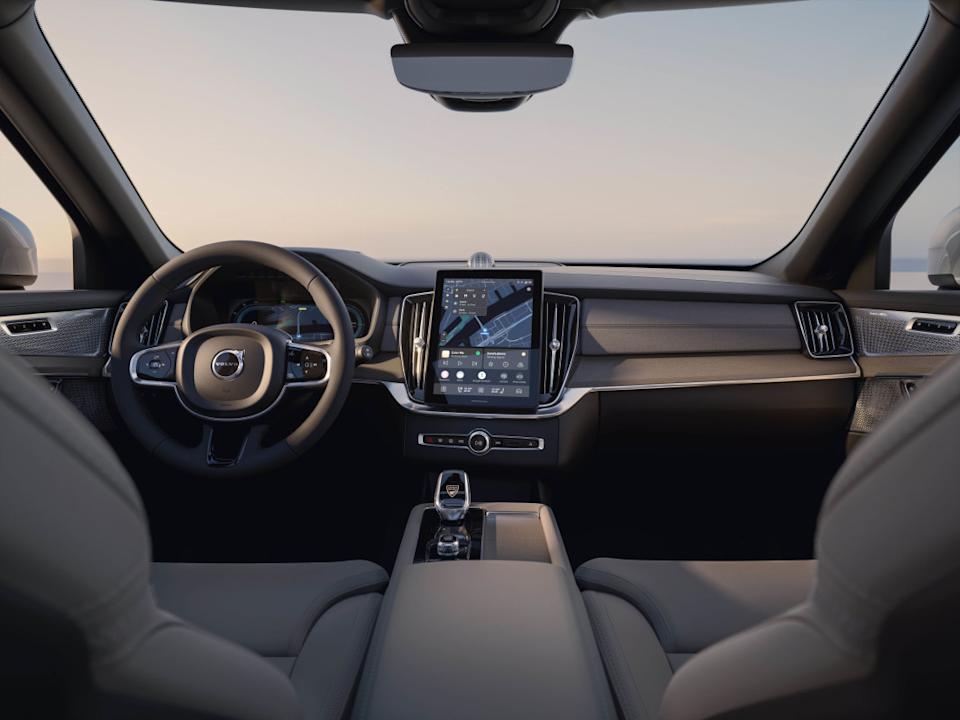 2025 Volvo XC90 PHEVVolvo
2025 Volvo XC90 PHEVVolvoStandard features of the 2025 Volvo XC90 include 19-inch multi-spoke alloy wheels, power driver's seat with memory, a 12.3-inch driver instrument display, 11.3-inch infotainment touchscreen, a head-up display, four-zone automatic climate control, adaptive cruise control, parking assist, blind-spot monitoring with cross-traffic alert, lane keeping assist, a 360 camera, and a crystal gear selector. Learn more here.
Final thoughts
Just because a vehicle has been redesigned or refreshed doesn't mean it's a guaranteed success. Sometimes, it just comes down to timing or the market, even if the vehicle is spectacular. These are five examples of vehicles that have earned good reviews but still fail to resonate with customers. Will any of them see the level of success their manufacturers hoped for, or will they die an ignominious death in the slow sales aisle of the auto industry? Even with aggressive dealer incentives and discounted pricing, they have an uphill battle ahead. We would love to see them all succeed, but not all of them will. If automakers improve standard features, drop MSRPs, clarify brand identity, and slow down production, these models may chip away at the surplus.
5 Redesigned 2025 Cars Nobody Wants first appeared on Autoblog on Jul 13, 2025
This story was originally reported by Autoblog on Jul 13, 2025, where it first appeared.





